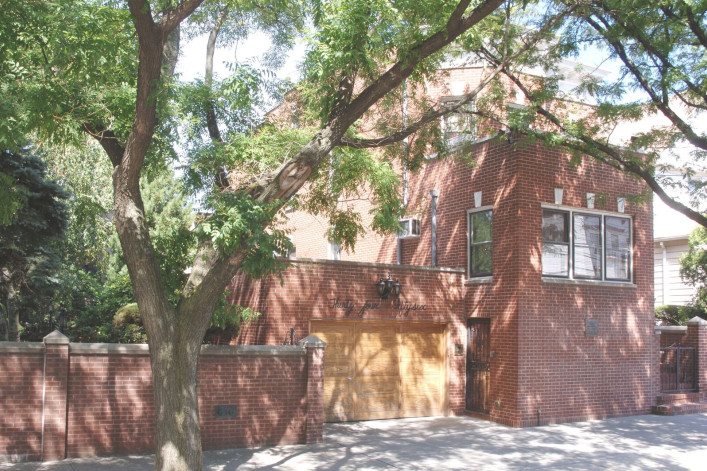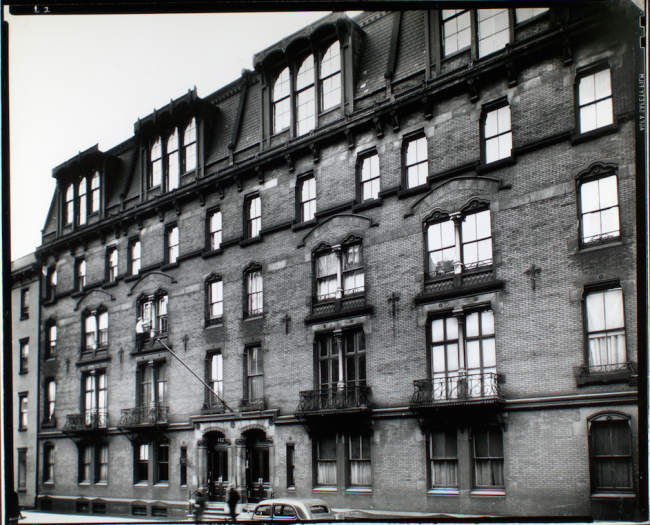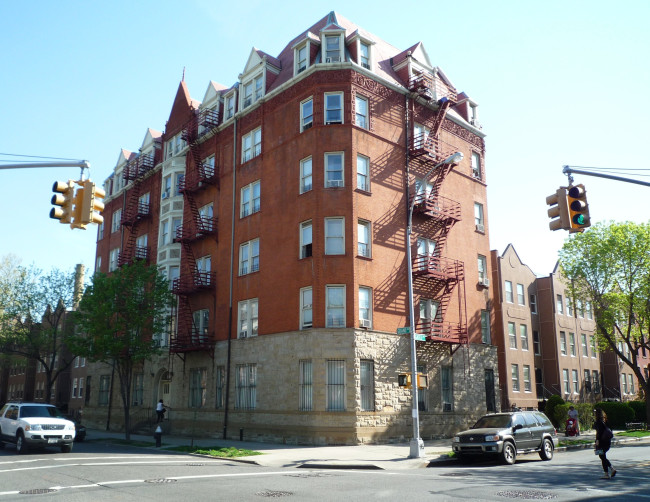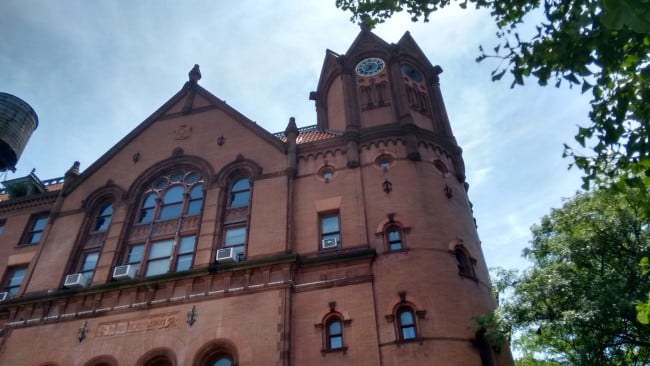Visit the humble Queens house where Louis Armstrong once lived
By the 1950s, legendary jazz musician Louis Armstrong was at the pinnacle of his career. His international fame led to his becoming an unofficial "goodwill ambassador" who toured South America, and later, at the height of the Cold War, behind the Iron Curtain. The New York Times writes that Armstrong, along with a number of other jazz greats, was sent to locales including East Berlin to demonstrate America's cultural riches to Soviet states.
One might imagine that Armstrong, by then globally renowned, his "Hello, Dolly!" supplanting The Beatles' "Can't Buy Me Love" at the top of the charts in 1965, would return home from his travels to a palatial estate. But instead, he retired to a comfortable but unglamorous, three-story detached house in Corona, Queens. The house, located at 34-56 107th St., is now a museum dedicated to Armstrong's legacy.
The house before the Armstrongs
The house was designed by architect Robert W. Johnson and built in 1910, according to Queens College, which administers the Louis Armstrong House. The Landmarks Preservation Commission's report on the house says that it was built for about $3,500, in a style similar to many other houses erected in the area around the same time.
It was originally a two-family, two-story frame house with a flat roof. The Armstrongs made several additions, including a new brick facade, a veranda, and garden walls.
The surrounding neighborhood of Corona was first transformed from sparsely populated farmland to a busy town with the construction of the Flushing Railroad and the opening of a racetrack in the 1850s. In the early 1900s, the area became less desirable thanks to Michael Degnon, a developer who oversaw digging of IRT subway tunnels and used swaths of this part of Queens as a dumping ground for the resulting refuse, creating the "valley of ashes" famously described in The Great Gatsby. Corona was revived in the 1930s, when Robert Moses launched a restoration of the area for the 1939 World's Fair.
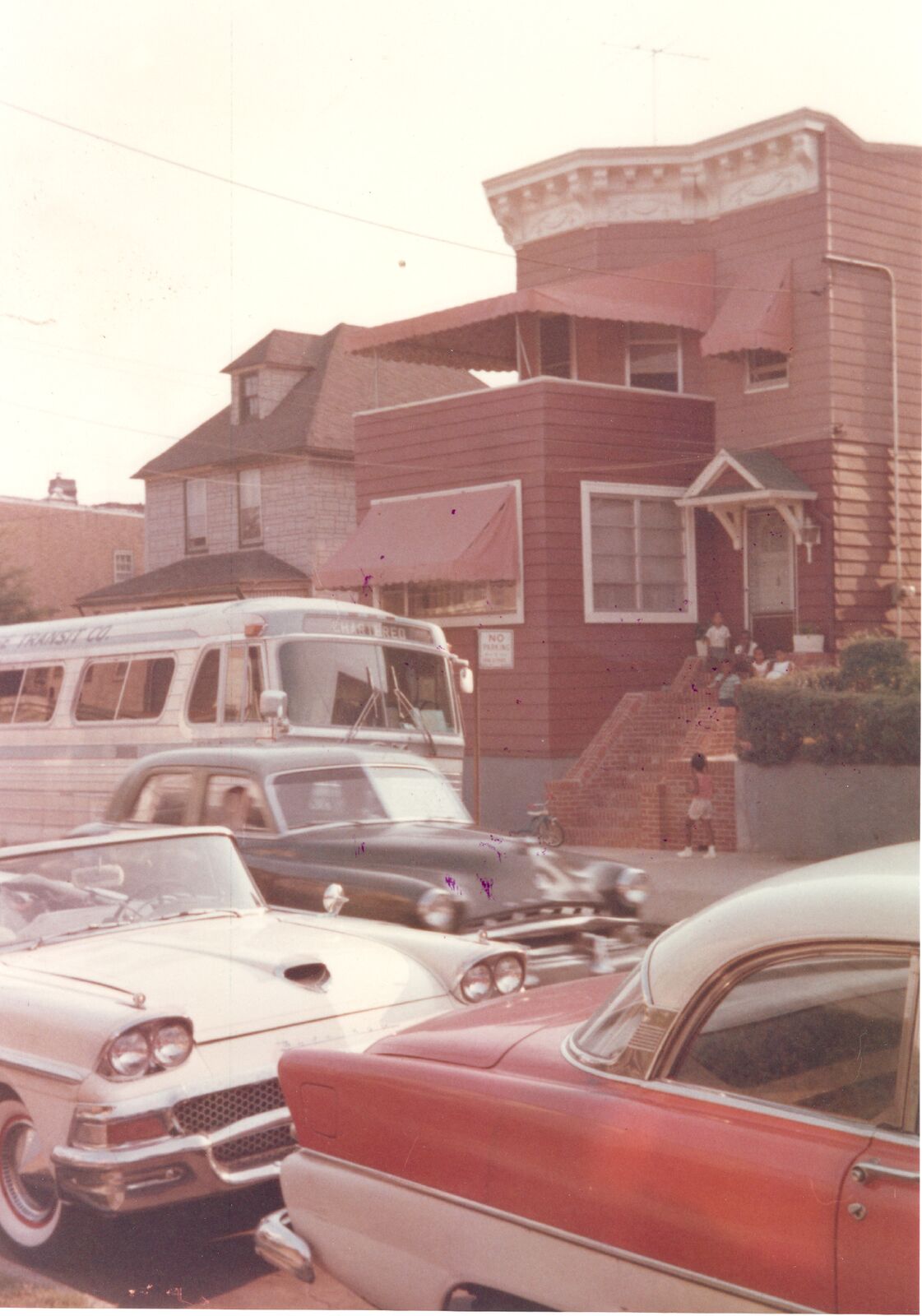
The Armstrongs move in
Armstrong was from New Orleans. His wife, Lucille Wilson, had spent part of her childhood in Corona. When her former neighbors told her that the Brennan family, the previous owners of 34-56 107th St., were planning to sell, she and Louis jumped at the opportunity.
At the time, Corona was primarily Italian-, Irish-, and African-American, according to Sarah Rose, archives assistant for the museum.
"When the Armstrongs moved in, the neighborhood was already in the midst of change," she says. "It was a part of the city where African Americans could buy houses without any major discrimination."
In his memoir, Armstrong suggested that the Brennans may have been eager to get out of the changing neighborhood:
"These White people were moving out—going to Another Neighborhood,'' he wrote. "The more Lucille showed me around the house the more thrilled I got. Right then and I felt very grand over it all. A little higher on the horse (as we expresses it).''
The Armstrongs moved into the house in 1943, and despite Louis's fame, they fit in to Corona life.
"There are lots of anecdotes about how welcoming the Armstrongs were to their neighbors," Rose says. When Louis came home from tours, for instance, local children would run up to help him unload is instruments. Lucille might invite them in to have ice cream and watch TV.
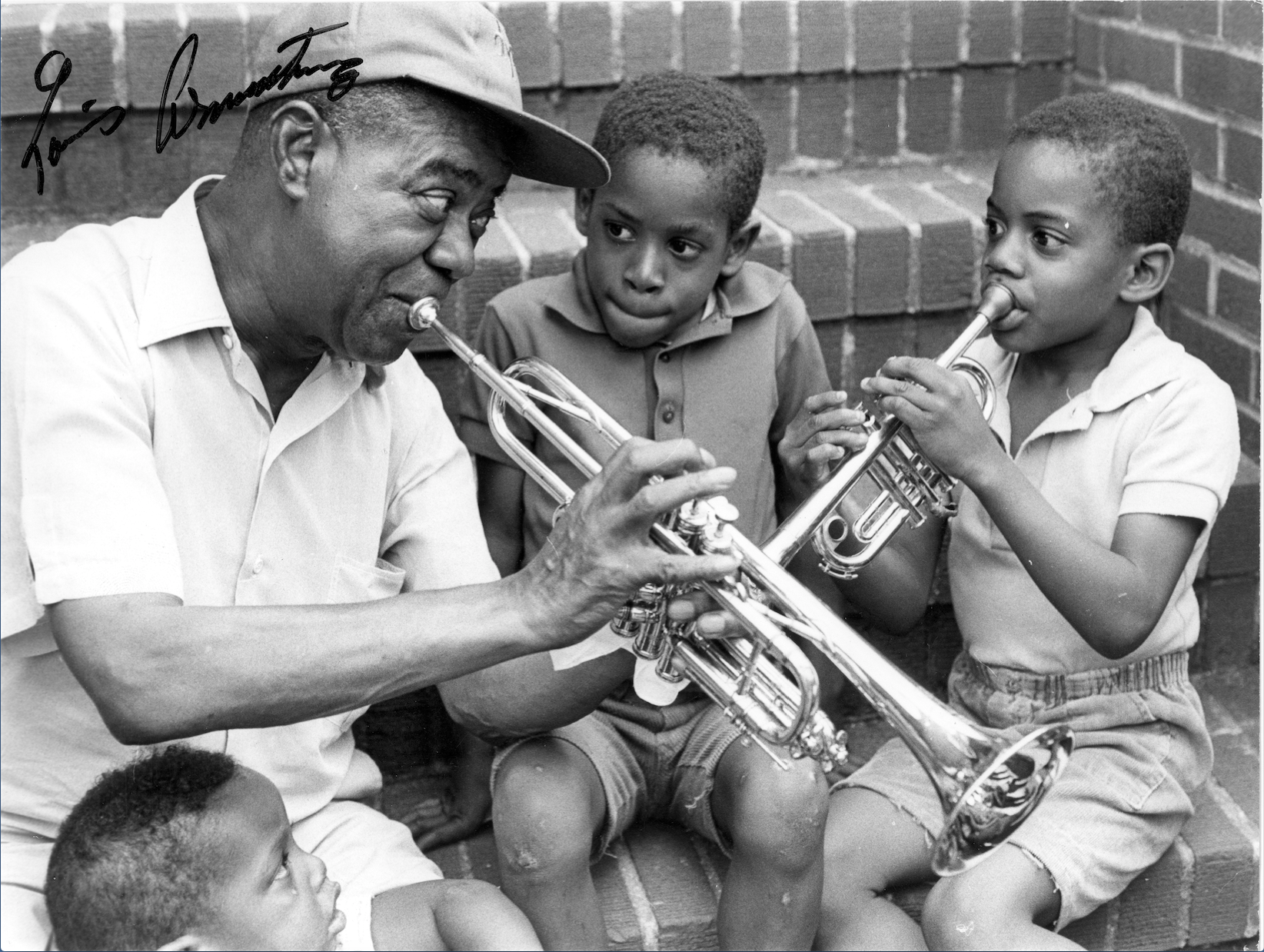
And neighbors appreciated the sounds of Louis rehearsing—noise complaints are less likely, it seems, when the noise is coming from an internationally-renowned professional and his bandmates. Dizzy Gillespie, who lived nearby on 106th Street, stopped by to play for Armstrong on his birthday in 1969.
Lucille was an avid interior decorator, and she made a number of renovations. She outfitted the kitchen with turquoise cabinetry, built a third story on the house, and purchased additional garden space, putting in a goldfish pond, according to the New York Times.
Today, her decorating vision is preserved in the museum.
"Most of her renovations are from 1968, though the dining room dates to 1977," Rose says. "The style was very modern for the late 1960s."
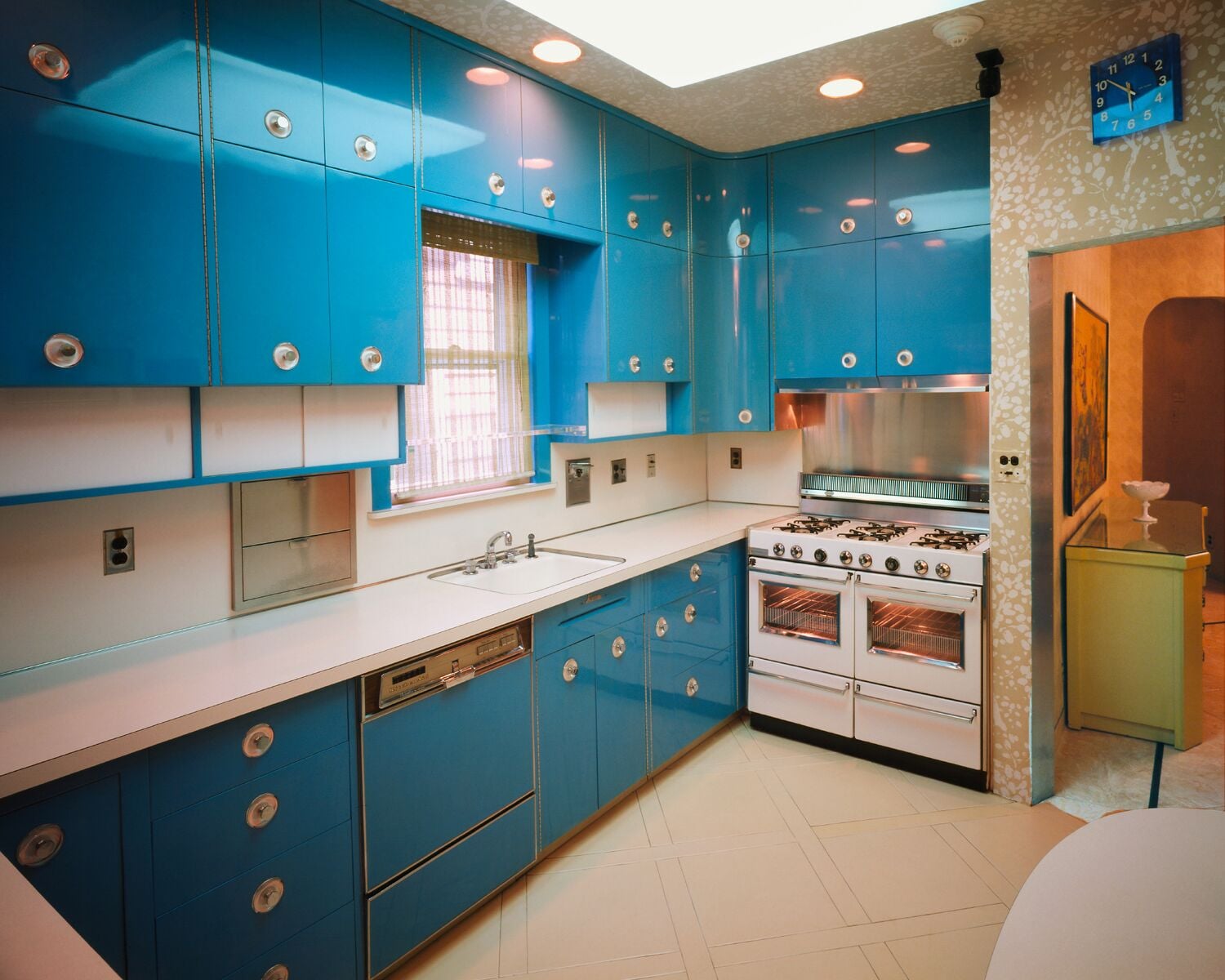
The house becomes a museum
Louis Armstrong died of a heart attack in 1971, in the house where he had lived for 28 years. Lucille remained in the house until her death in 1983. She left the place to the city in her will, and in 1986, an agreement between the Department of Cultural Affairs and Queens College stipulated that the college would administer the property. It was designated a landmark by the LPC in 1988.
But it wasn't until 2003 that the museum opened its doors, after a $1.6 million conversion to make necessary updates and plan its programming. Today, visitors can stop by Tuesday to Sunday to tour the house and hear clips of Armstrong's music. Admission is $10. The current exhibition, "50 Years of What a Wonderful World," takes a deep dive into the recording of the famous tune.
Next month, the museum will host a holiday tour featuring new audio and decorations.
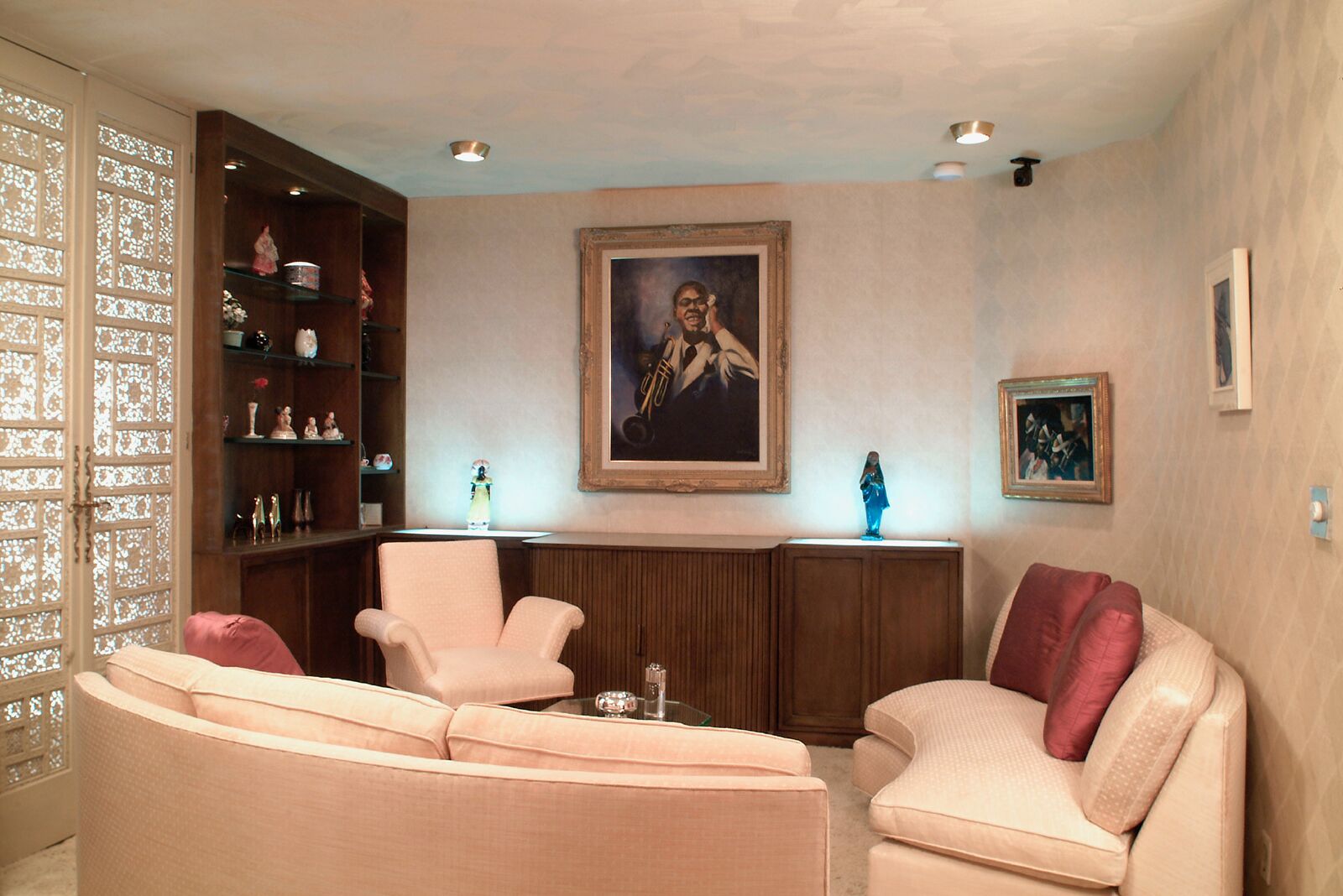
And this July, the museum started the development of a new, $23 million education center across the street, meaning that visitors are likely to continue to be a regular presence on the humble block in Corona for years to come.
You Might Also Like



















